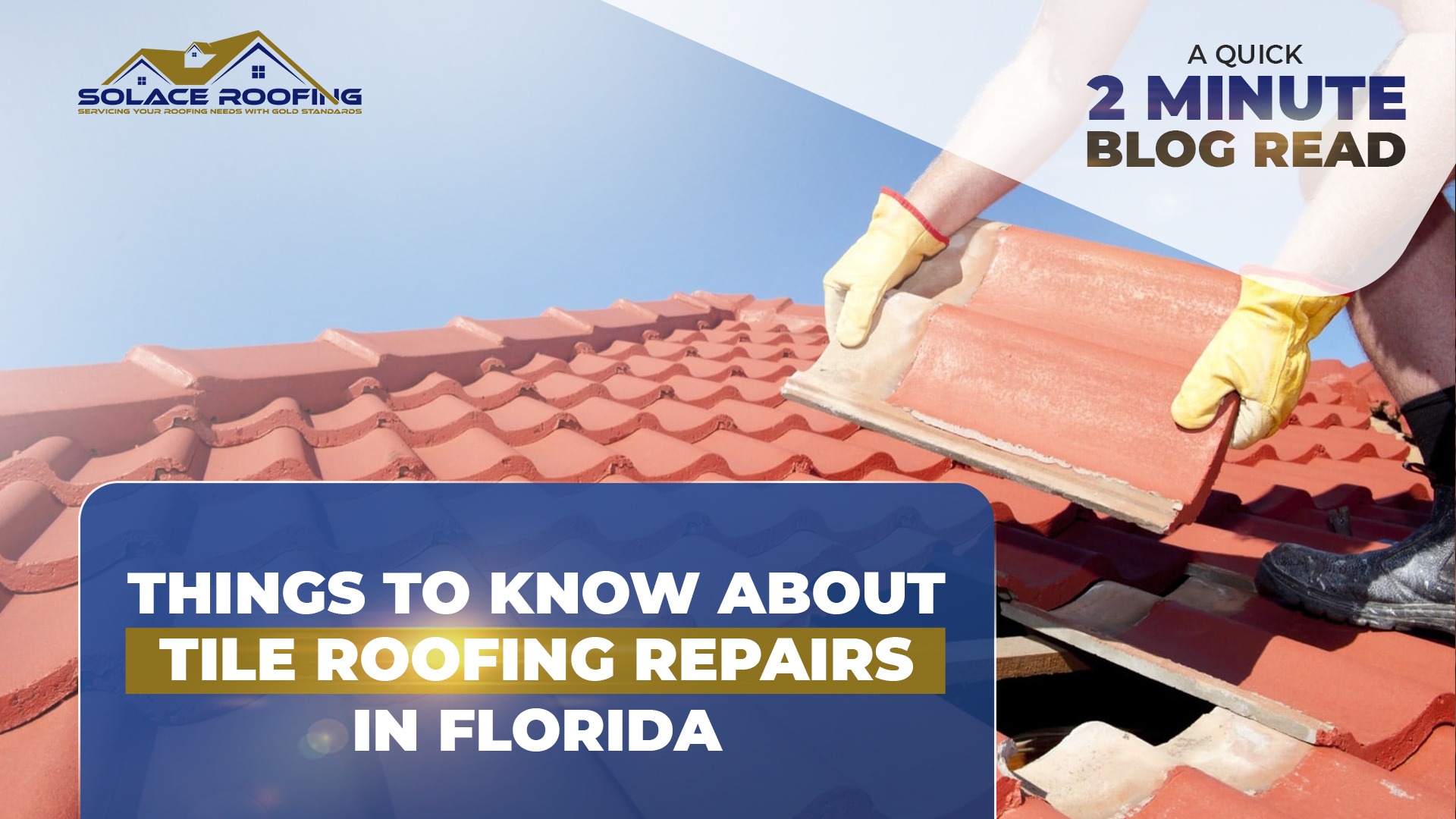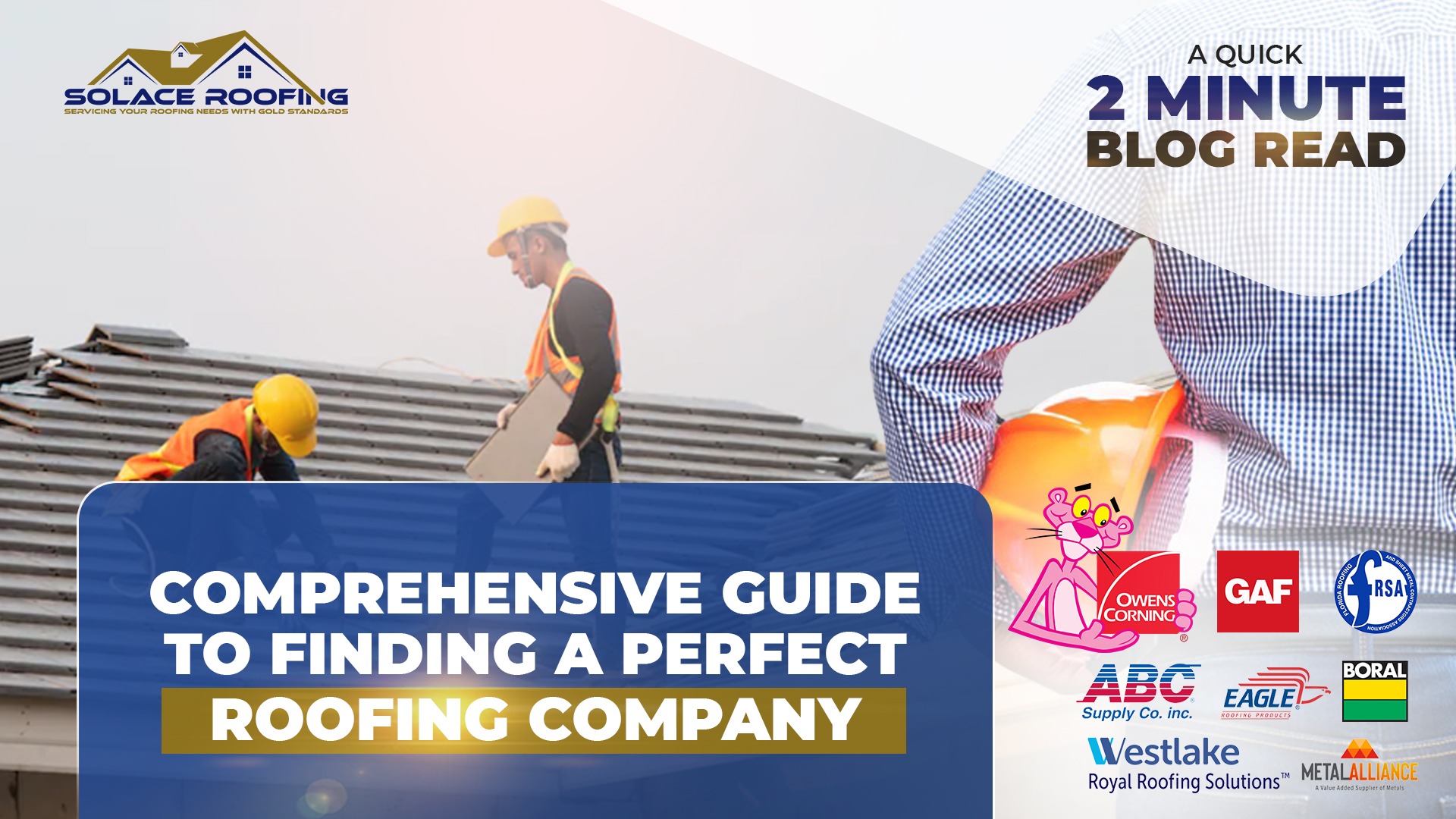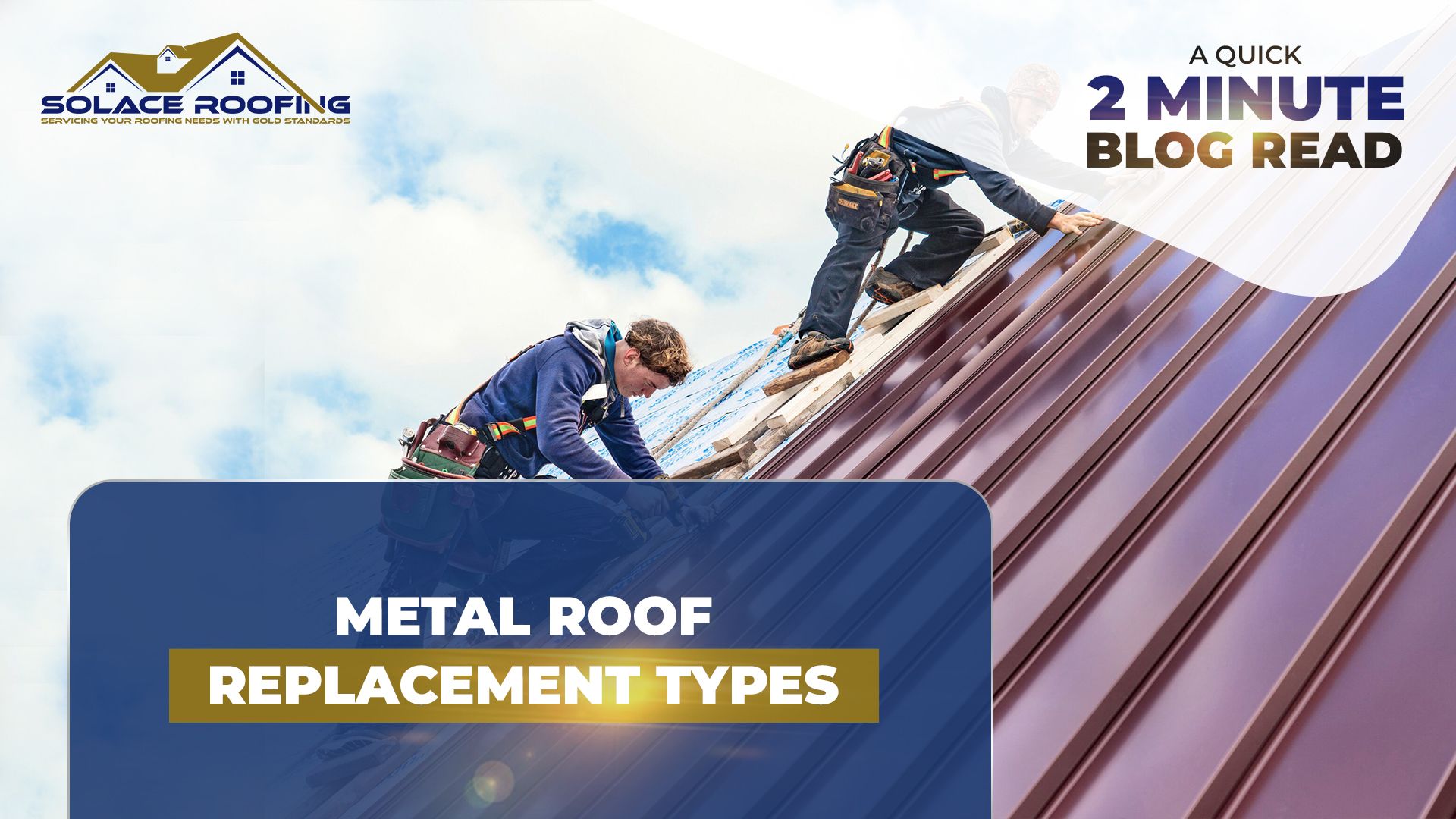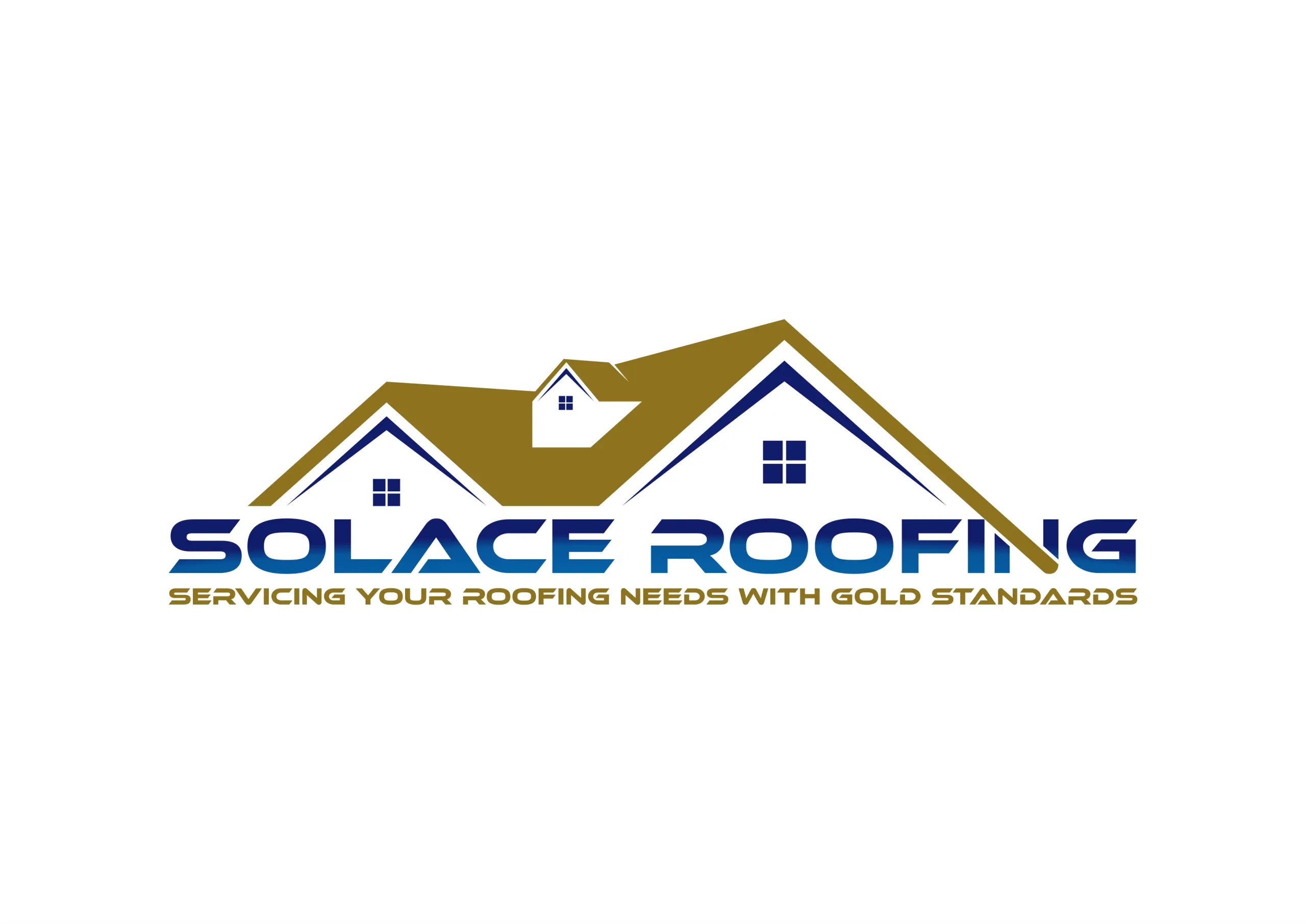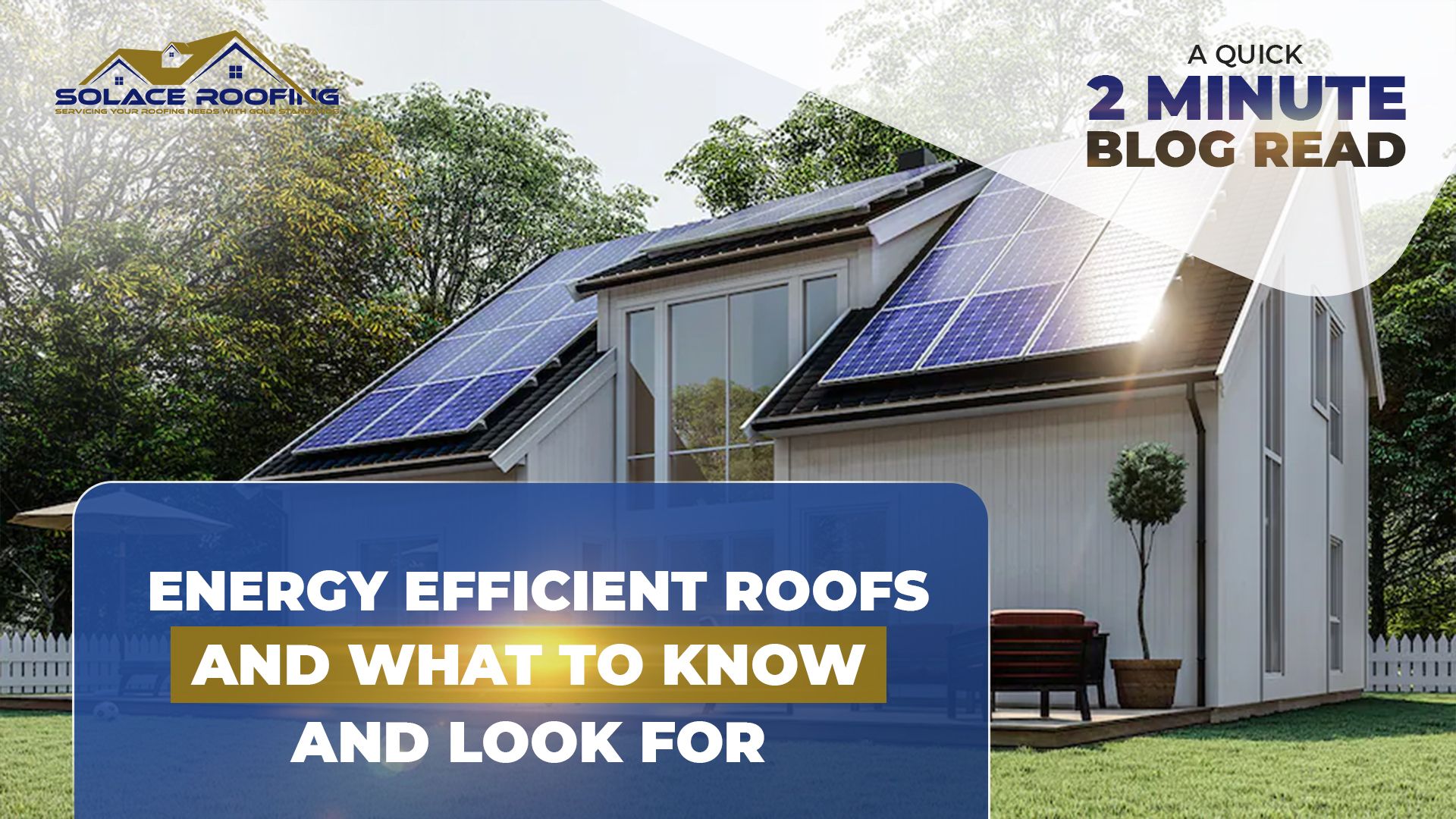
Energy Efficient Roofs And What To Know And Look For
In the quest to make our homes more sustainable and environmentally friendly, one aspect often overlooked is the roof. But did you know that a well-designed, energy-efficient roof can significantly reduce your energy bills and carbon footprint? This article delves into the world of energy-efficient roofs, exploring their benefits, types, installation, maintenance, and cost analysis.
What Makes a Roof Energy-Efficient?
An energy-efficient roof is designed to reflect more sunlight and absorb less heat than a standard roof. Key elements that contribute to a roof’s energy efficiency include thermal performance, solar reflectance, and proper insulation. These features help maintain a stable indoor temperature, reducing the need for air conditioning and, consequently, energy consumption.
Exploring Sustainable Roofing Options
There are various materials available for those considering an energy-efficient roof. Cool roofing, for example, reflects more sunlight and absorbs less heat than traditional roofs. Green roofs, covered with vegetation, improve insulation and reduce heat loss. Metal roofing, known for its durability and reflectivity, is another excellent option for energy conservation.
The Advantages of Eco-Friendly Roofing
The benefits of installing an energy-efficient roof extend beyond just energy savings. These roofs can significantly lower indoor temperature during hot summers, leading to a more comfortable living environment. Additionally, they contribute to a reduction in greenhouse gas emissions, making your home part of the solution to environmental challenges. Installing and Maintaining Your Energy-Efficient Roof
While the installation of energy-efficient roofs may be similar to traditional roofing, certain considerations must be taken into account, such as the choice of materials and insulation techniques. Maintenance, though generally minimal, is crucial to ensure the longevity and performance of your roof.
Investing in Energy Efficiency: Costs and Returns
The initial investment in an energy-efficient roof may be higher than a conventional roof, but the long-term savings are significant. Reduced energy bills and increased property value often result in a favorable return on investment. Additionally, many regions offer incentives and rebates for eco-friendly roofing installations.
Real-World Impact of Energy-Efficient Roofs
Across the globe, numerous homeowners have reaped the benefits of energy-efficient roofing. Case studies demonstrate significant reductions in energy consumption and cost, highlighting the effectiveness of these roofing solutions in a variety of climates and home styles.
Conclusion
Energy-efficient roofs are more than just a trend; they are a smart investment in the future of our homes and planet. By considering this option for your home, you not only reduce your energy bills but also contribute to a more sustainable world. Remember, an energy-efficient home starts at the top. Make the smart choice for your home and the environment by choosing an energy-efficient roof.

